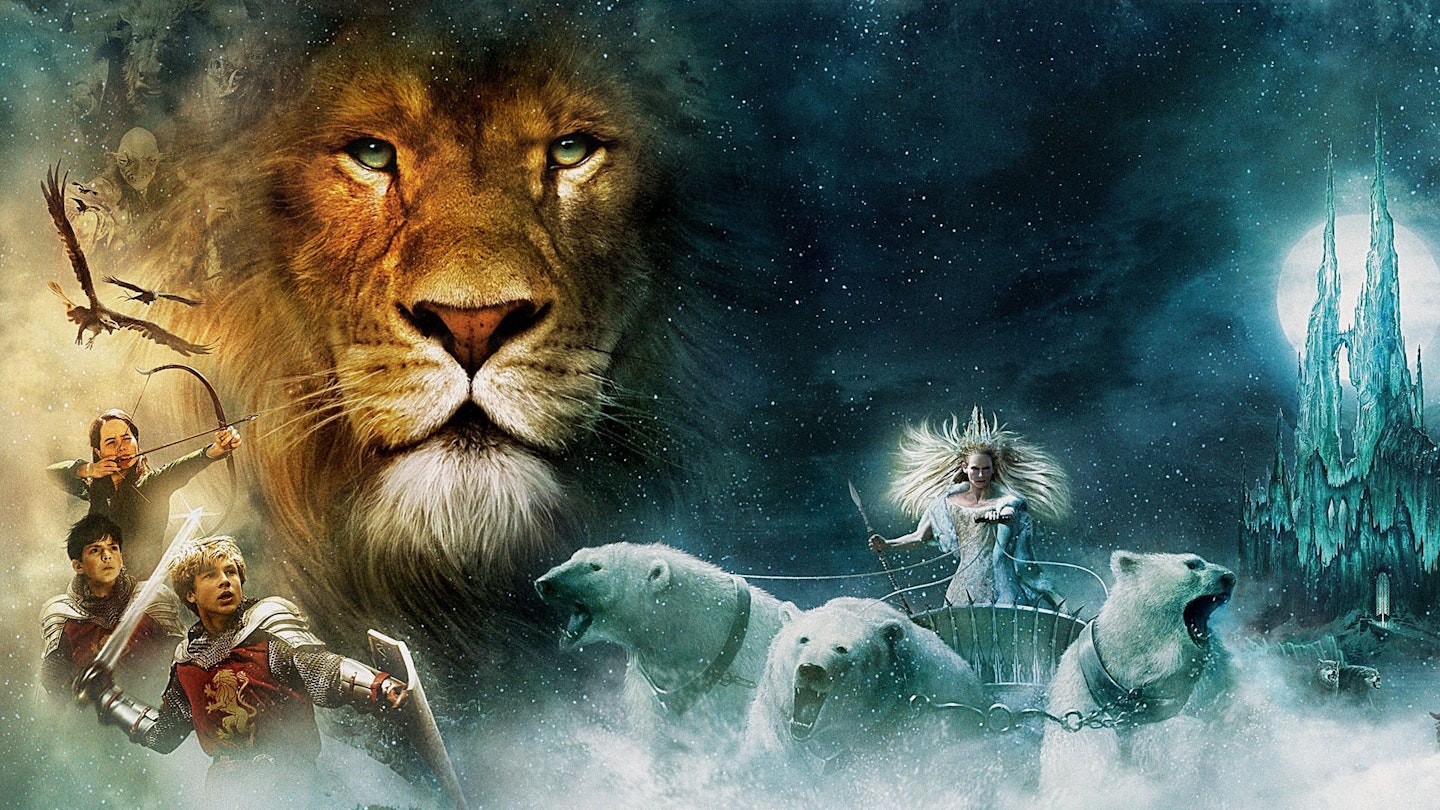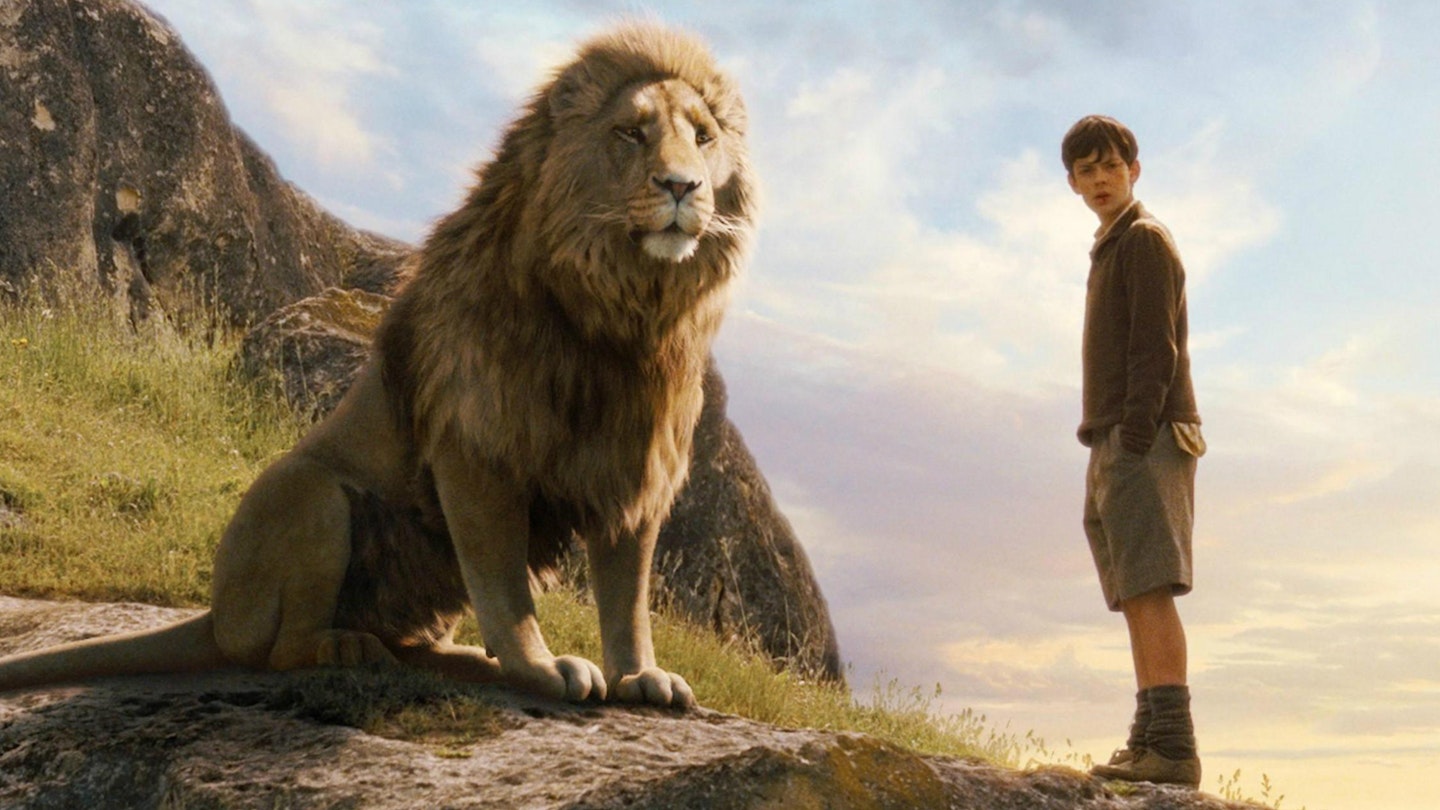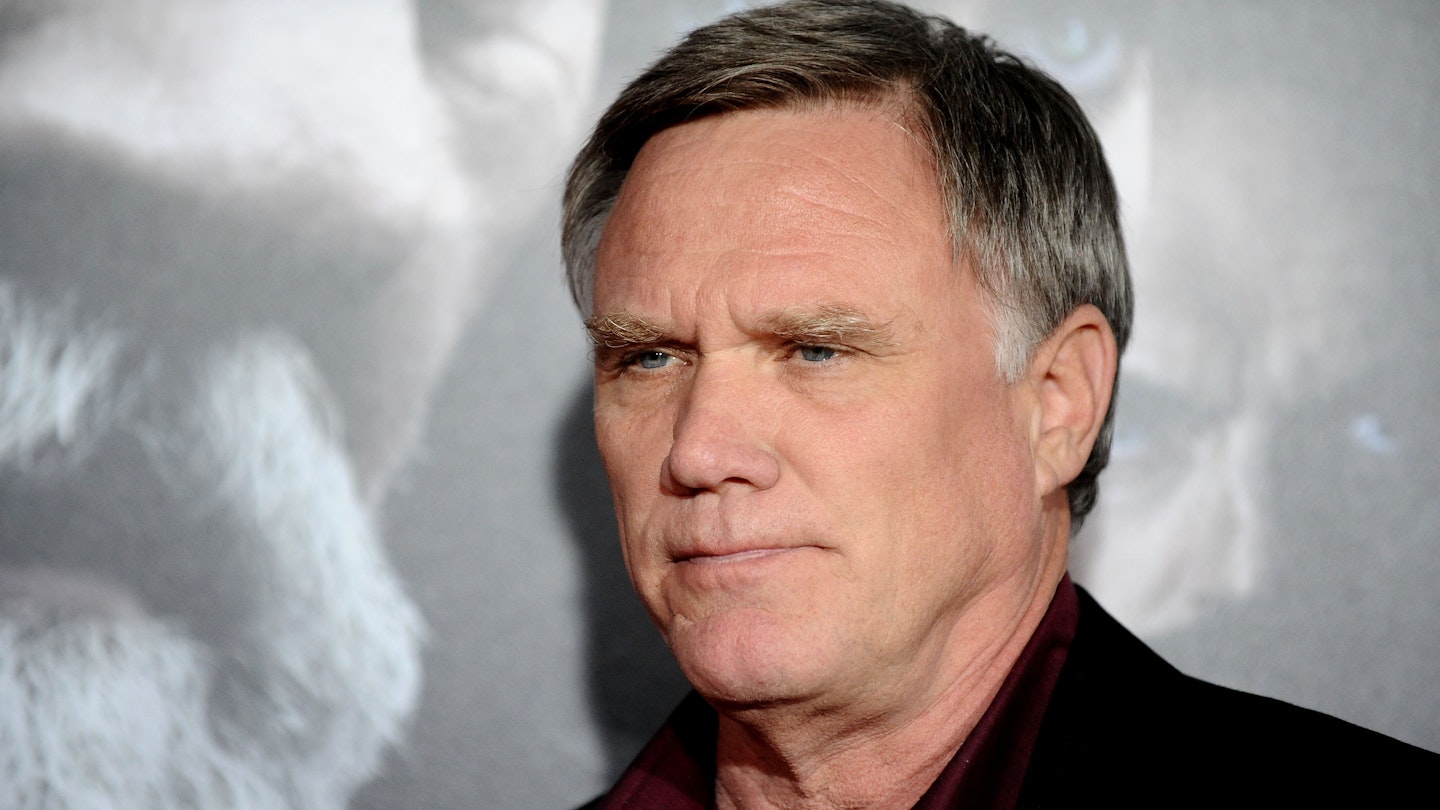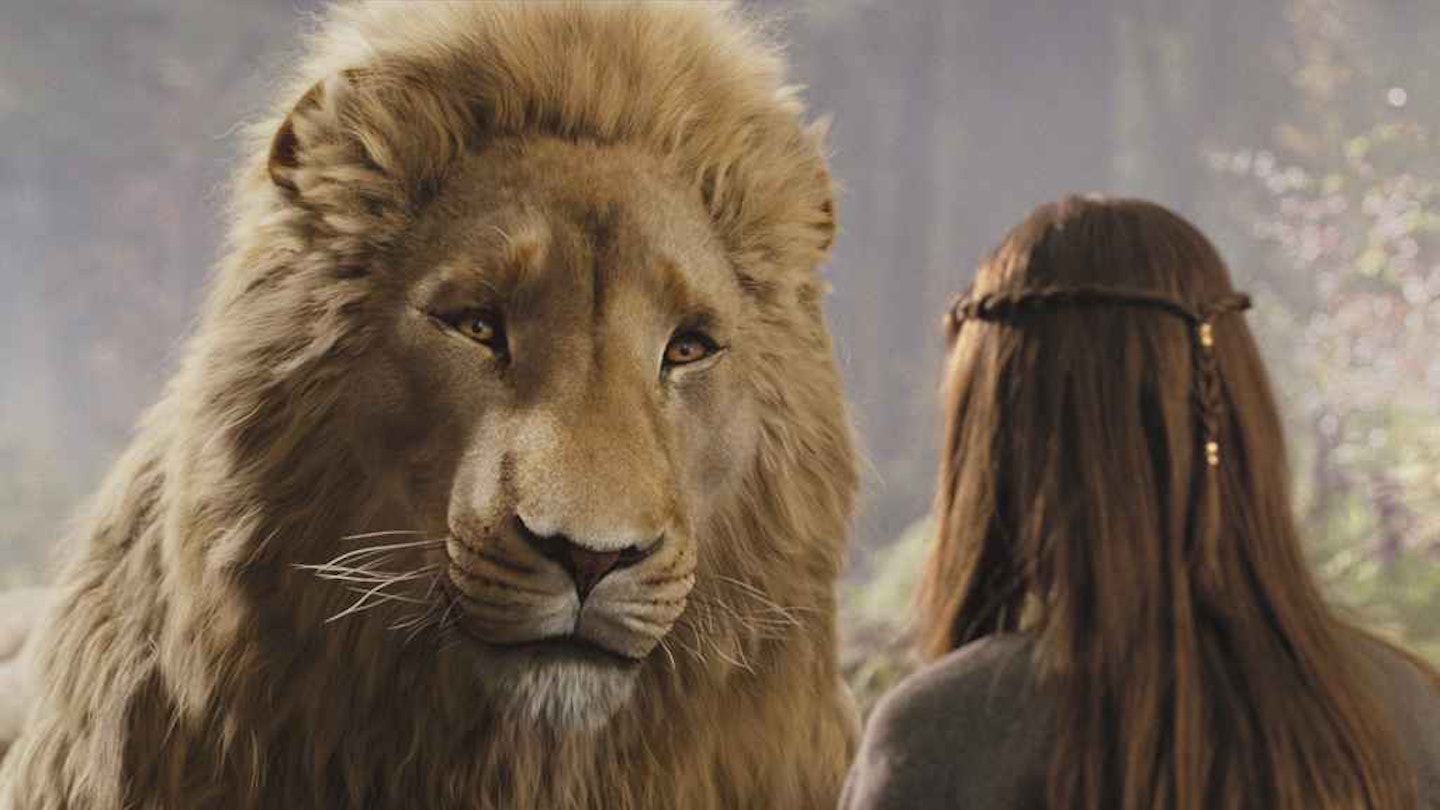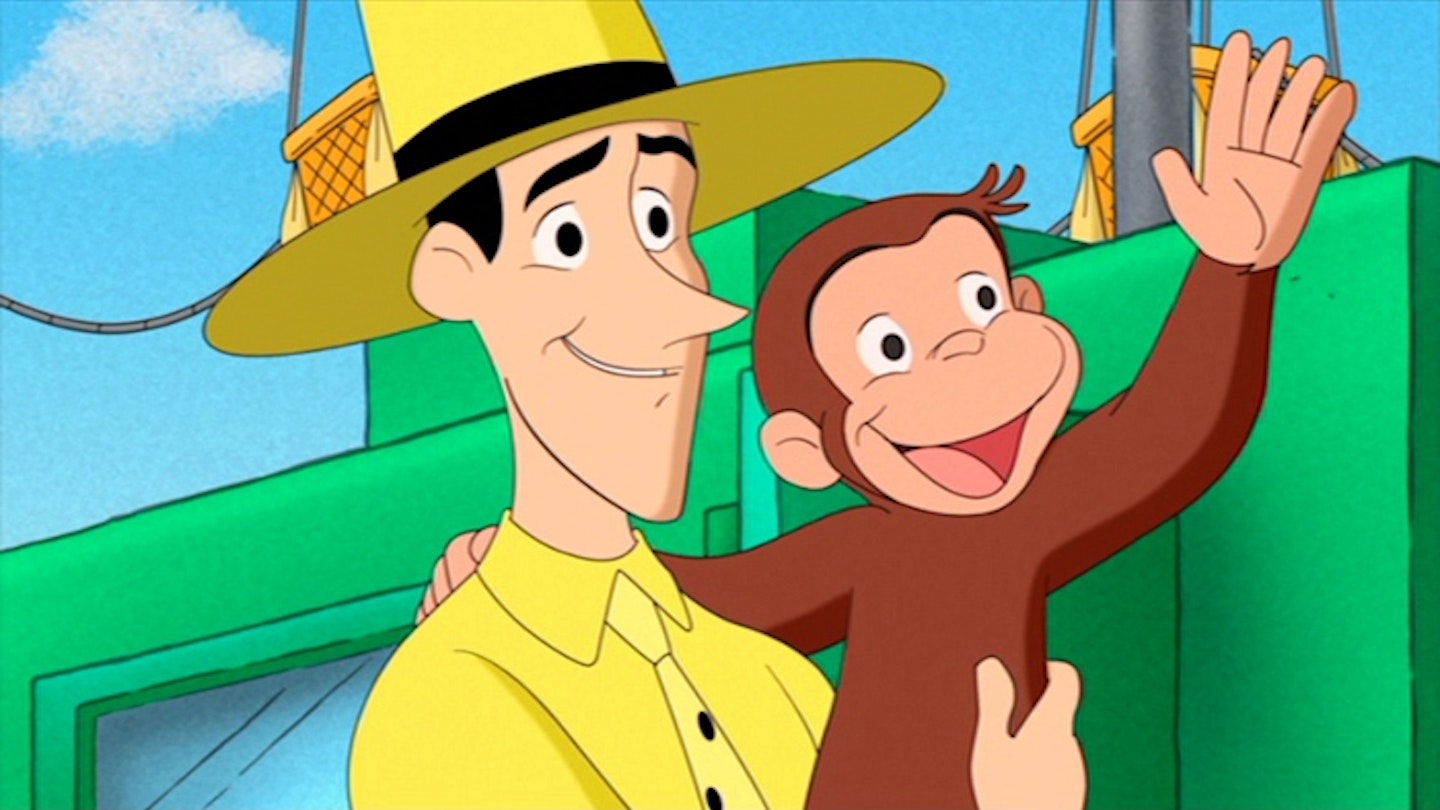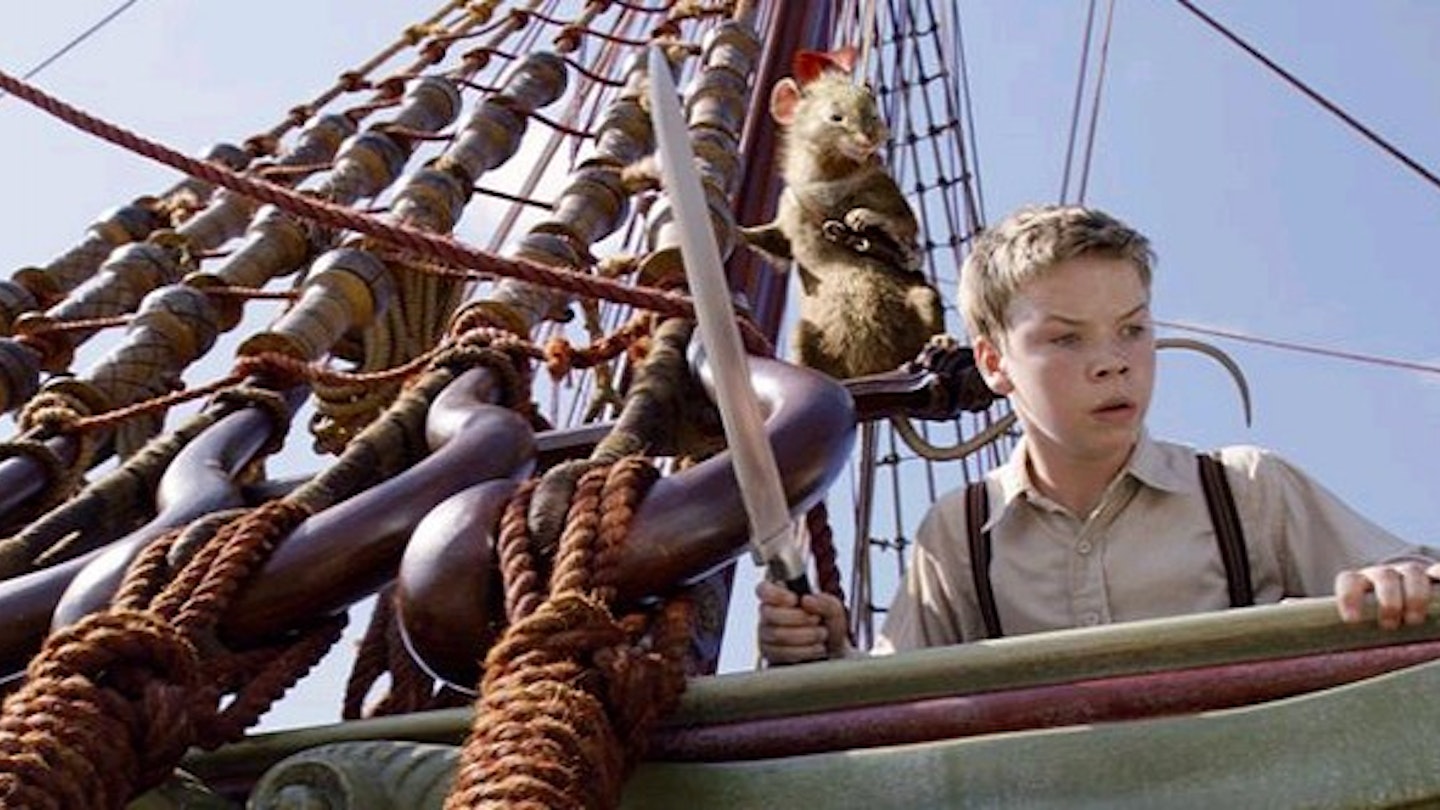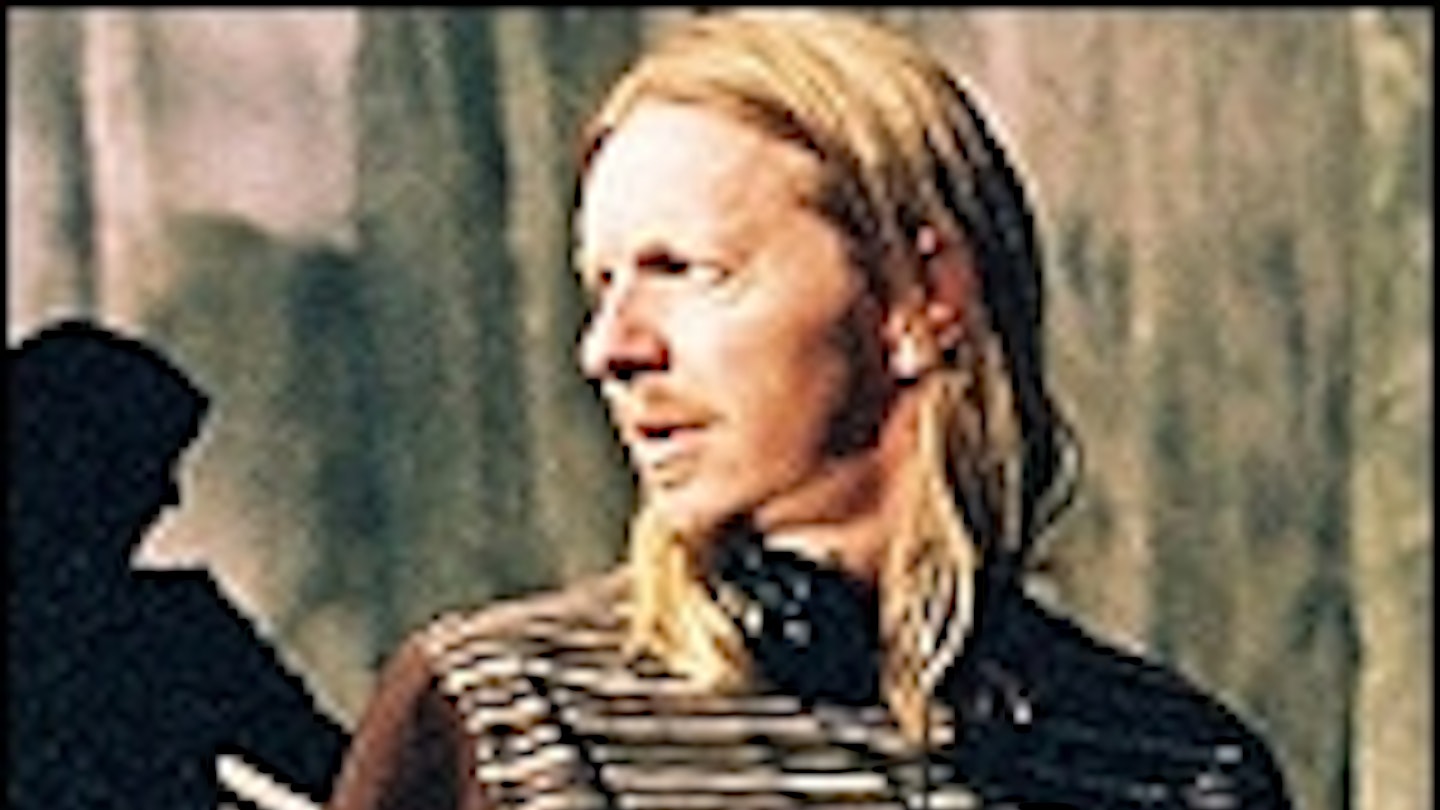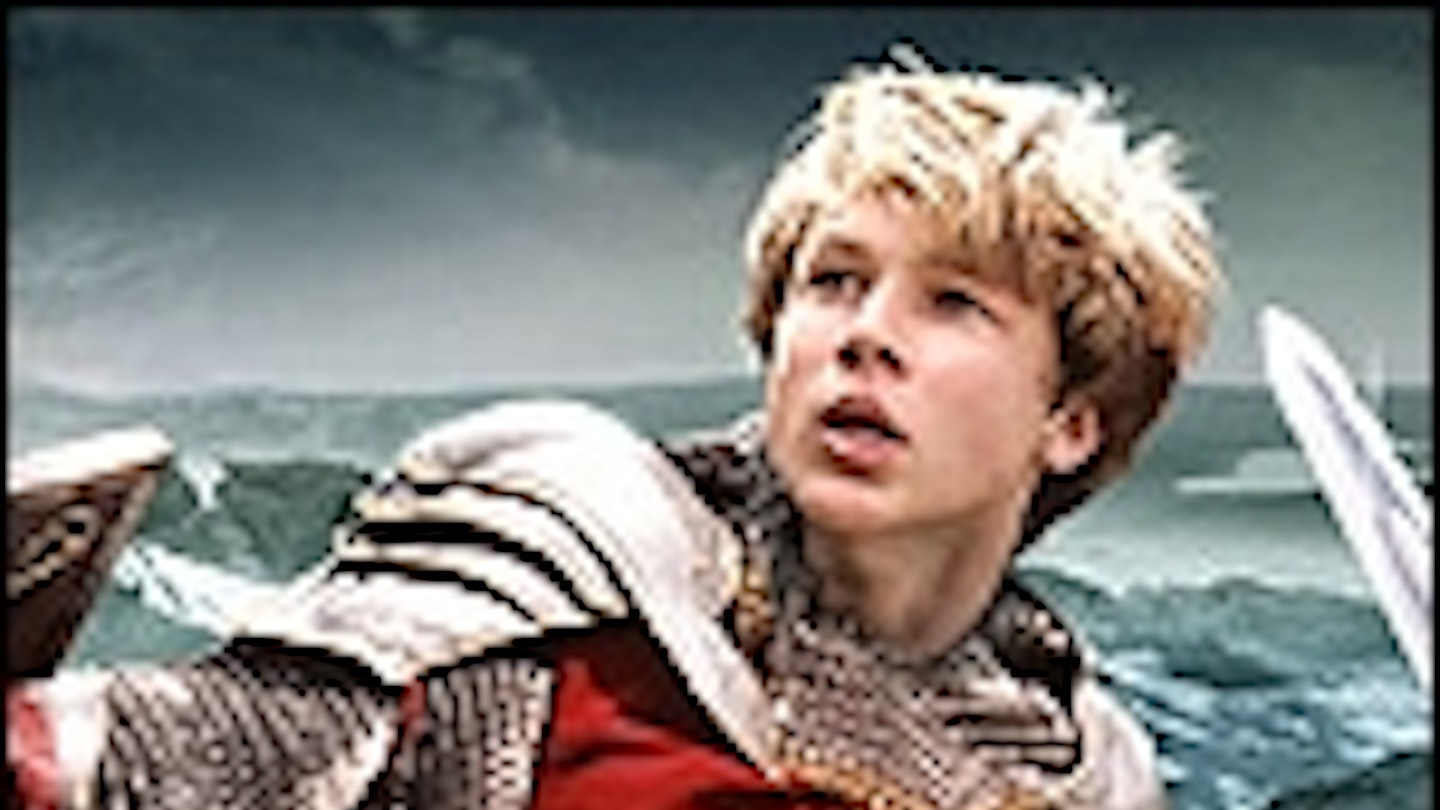Warning: The review contains minor plot spoilers.
Bombarded by a whole blitzkrieg of meeja attention positing, “Is it the new Potter/Rings/Krull?” (delete where applicable), it comes as something of a surprise that Disney’s take on C. S. Lewis’ kiddie classic is its own beast entirely. More streamlined than Potter and less compelling than Rings (let’s not mention Krull), Narnia hits all the right bases, but ultimately doesn’t fuel the blood and fire the imagination enough to create the movie Narnia of our dreams.
Unlike the directors of the Potter flicks, director/co-writer Andrew Adamson isn’t bogged down by having too much plot to wade through, and there is a sense of directness and narrative neatness about Narnia that Rowling’s cinematic outings have lacked. Indeed, he takes more chances with his source material. Some of the additions come off a treat — as Peter boards the train for the country, his shared moment with a young World War II Tommy is a touching foreshadow of his own destiny as a warrior — although others, like an action set-piece in which our heroes have to cross an iced-over waterfall while being pursued by the lupine secret police, feel more perfunctory. Still, there is less a sense of ticking off Everybody’s Favourite Scene From The Book, more a sense of getting on with a story.
The warmest surprise about Adamson’s Narnia is that the things that caused the greatest concern pre-movie are the things that have come off most smartly. The kids give across-the-board strong performances, with younger Pevensies Georgie Henley and Skandar Keynes in particular displaying impressive subtlety and restraint. James McAvoy finds vulnerable charm as the potentially awful fawn Mr. Tumnus, and the mixture of decent CGI and Liam Neeson’s Qui-Gon Jinn-ness have lent lion king Aslan a noble, credible presence. Thankfully, there’s no aura of tweeness and the film lacks a sense of BBC-teatime-serial quaintness.
If anything, it’s too understated. Tilda Swinton is chillingly effective in her quieter moments as Jadis, luring Edmund to the dark side, but has no real grandstanding, scenery-chewing scenes to etch the White Witch as a truly memorable big-screen villain. Her best moment, the film’s highlight, is the sacrifice of Aslan at the stone table, played as part primal scene, part occult ritual, finding an emotional gravitas — check the big close-up of Aslan’s eye — that the rest of the movie never matches.
What is strangely absent is a real sense of scale and wonder, at least until the climactic battle. Early doors, the ambition is set high — the movie opens onboard a German plane dropping bombs on the Pevensies’ house — but Adamson’s directorial colour soon goes mysteriously AWOL. Early scenes in the woods feel studio-bound, the queen’s castle looks more bland fridge-freezer than magisterial ice palace and, as the journey progresses — from a run-in with salt-of-the-earth Cockernee beavers (Ray Winstone and Dawn French, not as annoying as they sound) to a meeting with Santa Claus (James Cosmo) — there is little to provoke outright awe.
Like most modern blockbusters boasting 1,500 effects shots, the effects quality varies from the great, to the middling, to the poor. But it is only when the movie reaches its final (bloodless) battle that it feels like imagination run riot; minotaurs, giants and dwarves face off against centaurs, satyrs and rhinos, while phoenixes and gryphons strafe the skies. Meanwhile, Adamson doesn’t lose sight of the smaller stories within the big conflict. Unlike Troy or Alexander, this is actually a big battle that you can follow and in which you can invest emotion. If the rest of the movie had the same untethered flights of fantasy, it might have been a masterpiece.
